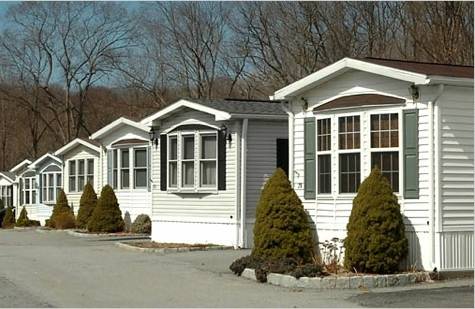
The city of Miami has an excellent guide to some of the most frequently asked questions about permits. Permits are important, but they do take time and resources. We at
Your Permit Solution can help by taking over the entire process. We offer a no-stress, worry free process!
Why do I need a permit?
It is not only the law to obtain a permit, but a permit ensures that the plans are drawn and the structure constructed in accordance with the Florida Building Code, and all other applicable codes and ordinances, thereby protecting the welfare of life and property.
What types of work needs a Building Permit?
Section 105.1 of the Florida Building Code states:
Any owner or authorized agent who intends to construct, enlarge, alter, repair, move, demolish, or change the occupancy of a building or structure, or to erect, install, enlarge, alter, repair, remove, convert or replace any required impact-resistant coverings, electrical, gas mechanical or plumbing system, the installation of which is regulated by this code, or to cause any such work to be done, shall first make application to the building official and obtain the required permits.
Who may obtain the permit?
Licensed Contractors or qualified homeowners, as long as they meet all of the requirements listed below
What are the requirements for owner builders?
PERMIT REQUIREMENTS FOR RESIDENTIAL PROJECTS (OWNER-BUILDER)
1. The owner must prove to the Building Official, or a designee, that he has the knowledge and ability to do the work. Test will be administered.
2. Proof of ownership (warranty deed, closing statement, or Miami-Dade County tax Bill).
3. An owner may apply for a permit, supervise and do the work in connection with the construction, maintenance, repair, alteration, and addition to a single-family or duplex residence for his own use, occupancy, and not intended for sale.
4. No more than one (1) permit shall be issued to an owner for the construction of a new single-family or duplex residence in any twenty-four (24) month period. Permits for alterations and additions, or plumbing, electrical, mechanical, or gas installations shall be issued only in connection with one single-family or duplex residence in any twenty-four (24) month period, although more than one permit may be issued for such work on the same single-family or duplex residence during that period.
5. The owner must come in person between the hours 8:00 AM and 4:30 PM for review of permit documents and application.
6. The permit application and affidavit must be signed and notarized.
7. If there is a violation on the property:
a. No building permit will be issued to a homeowner to cover illegal work.
b. The work must be done by a general contractor or a specialty contractor licensed to do the work.
c. Permits for all work must be obtained ( i.e. Building, Electrical, Mechanical, Plumbing, etc.).
d. An architect’s or engineer’s report may be required, certifying that the work was done in accordance with the applicable code, and general construction practices as a substitute for required inspections.
What makes up a complete application?
1. For most scopes of works, a completed building permit application and 2 sets of plans.
How long does it take to get a permit?
The time to get a permit issued varies. Some permits can be issued the same day, over-the-counter and others require that the plans be left for review.
What is an inspection card?
An inspection card is issued at the time a permit is issued. The card details the inspections required and by which divisions and/or departments. The card is signed by each inspector conducting an inspection. Once completely signed, it becomes an official record.
What is an inspection?
The inspection card will list all inspections required for a particular job. Inspections are performed by the City inspectors at various intervals. It is the responsibility of the contractor/ owner to call for the inspections. The permit and the top portion of the permit inspection card must be displayed on the job site. In order to avoid a re-inspection fee, make sure that the site is ready to be inspected, all required documents available and access to the inspection site.
What if I have a permit and do not call for inspections?
Permits expire after 180 days if no required inspections have been approved. In order for a project to be complete, it must pass final inspections. In some cases, a Certificate of Completion or a Certificate of Occupancy may also be required. If a permit expires before final inspections, it becomes null and void, and the project is in violation of the Code. If this is your case, please call our office, we’ll help you activate the permit or apply for a completion permit with as little inconvenience as possible. Our interest is in seeing the project completed, including all final inspections and the protection of life and property.









































